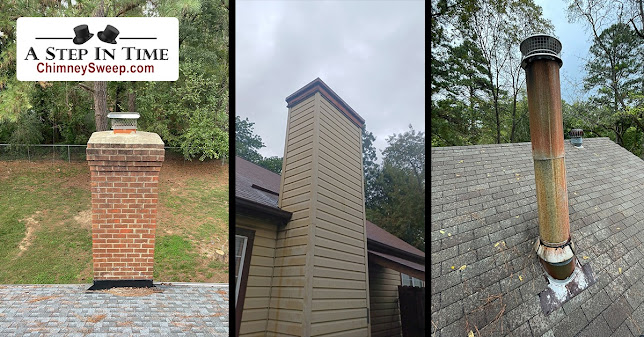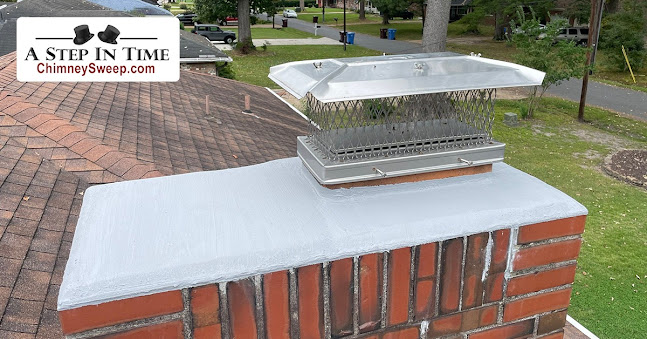A Comprehensive Guide to Keep Snow Out of Your Chimney This Winter
.jpg)
As winter blankets the world in snow, your window view transforms into a wonderland, and the fireplace becomes your refuge from the chill. But, be wary of snow invading your chimney- it can quickly spoil the cosiness. This guide offers essential tips to safeguard your chimney from snow-related challenges. By following these practical strategies, you’ll ensure your fireplace remains a dependable source of warmth throughout winter. Understand the issues snow can cause, and take preventative measures to maintain a toasty hearth. With these simple steps, you can relish the beauty of the season worry-free, creating a haven of comfort and warmth against the winter cold. Embrace the snowy charm outside your window while keeping your fireplace inviting and free from snow hassles. Regular Inspections: Before winter begins, have a certified chimney professional perform a thorough inspection. This examination can uncover vulnerabilities, structural issues, or potential entry points fo...
.jpg)
.jpg)

.jpg)
.jpg)

.jpg)